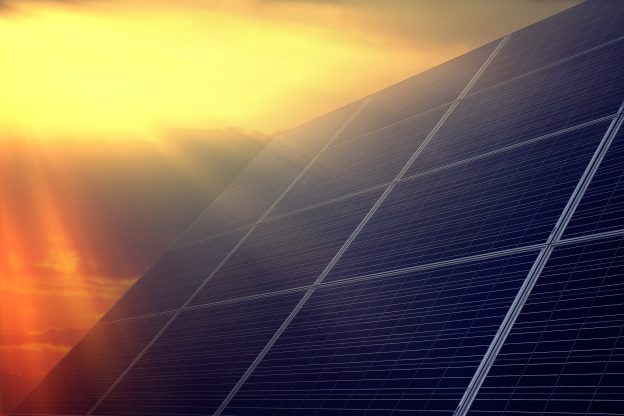
Polysilicon
The prices of polysilicon have increased substantially under the impact from restricted market supply. The current average prices of mono polysilicon and multi polysilicon have elevated to RMB55/kg and RMB83/kg respectively, whereas the polysilicon prices from the overseas markets have escalated to US$8.2-9/kg, and the global polysilicon quotation has exceeded US$10/kg.
The primary factor behind the surge in polysilicon prices this week came from the overhaul currently implemented by a number of polysilicon manufacturers. Thus, most wafer manufacturers will continue to release new production capacity during 2H20 under the polysilicon provision that is already slightly tense, in order to assist the pandemic-ravaged Xinjiang. Re-inspection of businesses, restricted logistics and transportations, and the excess demand market status, have all contributed to the significant increase of polysilicon prices, and it is anticipated that the prices for the subsequent market will continue to ascend.
Wafer
Both mono-Si wafer and multi-Si wafer increased in prices amidst the continuous price elevation this week. The top-tier wafer manufacturer has increased the wafer quotations for two consecutive weeks recently, which reflected directly the tension of polysilicon provision in the market and the cost increment in wafers. The price for mono-Si wafer that is smaller than M6 has arrived at RMB2.85/pc, whereas the price for M6 mono-Si wafer has increased to RMB2.93-3.03/pc.
The overall prosperity in the supply chain market has propelled the inflation intensity of the general prices, and the downstream industry chain is currently in the midst of active stocking while rising product prices in order to achieve cost control, which has resulted in a progressive depletion of wafer inventory that led to a slightly aggravated tension in the supply of mono-Si wafers. As for multi-Si wafers, despite the insignificant increase in the demand from downstream markets, the prices for multi-Si wafers have been invigorated by the cost impact from upstream polysilicon, and arrive at RMB1.41/pc for the average price.
Cells
The small escalation of cell prices this week is predominately seen on high-efficiency mono-Si cells, where both G1 and M6 mono-Si cells have risen to RMB0.84-0.91/W and RMB0.85-0.93/W respectively, and the average price has been contracted to RMB 0.01.
Various product categories among the central module purchasing from the success bids opened by the Chinese market have experienced an increase of RMB0.15-0.2/W compared to the previous period. Retrospecting to the cell sector, integrated manufacturers have been stocking to provide autonomous downstream usage subsequently in the hope of controlling the cost. The comprehensive increase in the quotations for upstream polysilicon and wafer has facilitated the increase in silver prices, and further adjusted the prices of cells. Despite the unwillingness from downstream module makers, most completed orders have come from first-tier manufacturers.
Modules
The marginal increases in module prices this week are seen mostly on mono-Si products, and the price differences between high-efficiency modules are expanding continuously, where the domestic and overseas prices for the >325W/>385W modules have arrived at RMB1.48-1.62/W and US$0.189-0.31/W.
The apparent recovery in the full upstream quotations has resulted in the overall price inflation in the overall auxiliary products, and module manufacturers are also in the midst of getting ready to increase the prices, though most successful transactions remain on high-efficiency modules, where a number of manufacturers are considering to postpone the purchases of raw materials such as modules due to the elevated prices. It is within anticipation that this wave of inflation will continue all the way until after the SNEC, where the prices will once again stabilize subsequent to the adequate exchange of information between buyers and sellers, and the confirmation on the demand from various companies.
Pertaining to overseas markets, 3Q20 is a traditional off period for European and American countries, and the outbreak of the COVID-19 pandemic during 2Q20 had deferred the schedule of installations. As the demand gradually recovers after the resumption of work and production from various countries, a number of projects initially set in 2Q20 have been delayed to 3Q20, and taking into account the existing changes in the domestic supply chain, it is forecasted that overseas delivery may experience partial postponement, which may perhaps decelerate the recovery of market demand.







